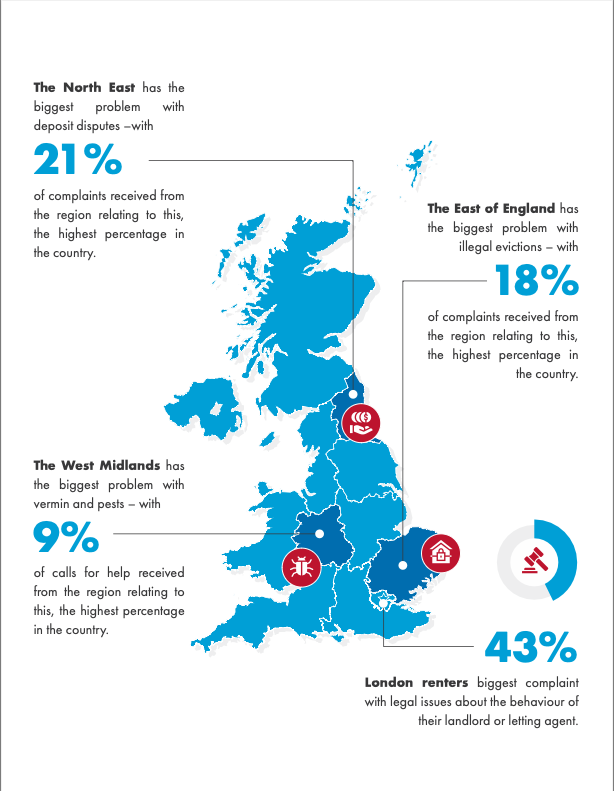Ian Corkin of Cherwell District Council told the Committee’s inquiry into the government’s Renters Reform White Paper held by Levelling Up, Housing and Communities (LUHC) that he feared that Landlords could artificially put their homes up for sale in order to evict tenants.
Renters Reform Bill
Under current legislation, landlords can issue a section 21 notice giving 8 weeks’ notice to their tenant after the fixed term of the tenancy has come to an end. The Government issued a white paper in which the Renters reform bill aims “provide greater security for tenants while retaining the important flexibility that privately rented accommodation offers” by banning section 21 notices known as no-fault evictions. Under the new proposals set out in the white paper, tenants will be required to give two months’ notice before leaving a tenancy and landlords will only be able to evict a tenant in “reasonable circumstances”, which will be defined in law. One of the conditions is, after the first 6 months, a landlord will be able to evict a tenant if they wish to sell their property, the second being if the landlord or close family wish to move into the property.
Rental properties out on the market not to sell but to evict renters
The current proposal in the renter’s reform bill loophole would allow landlords to put a property on the market to sell in order to evict a tenant to only take it off the market to re-let the property out to a new tenant on new terms which could include increasing the rent.
Ben Fitter-Harding, leader of Canterbury City Council, also told the committee that he had concerns about a potential surge in Section 21 evictions before it comes in.
“We already are very constrained, we already have to use temporary accommodation out of district and we’re doing everything we can to overcome that,”
Michael Gove is Secretary of State for Levelling Up, Housing and Communities which will present the final bill to parliament. It remains to be seen if these loopholes remain in the final bill.






